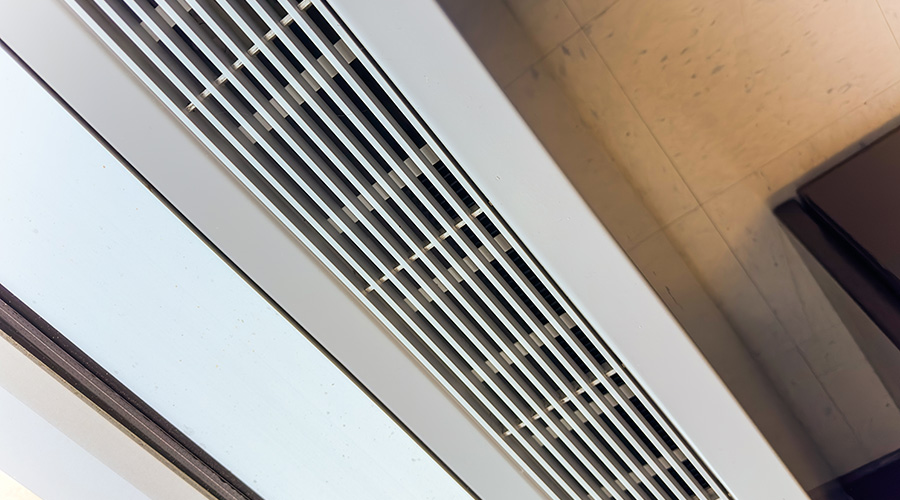Key Diagnostic Tools Identify Harmful Particulates, Gases
Once managers have identified the origins of IAQ problems, the next step is to specify the appropriate technology to remediate the issue. The first challenge in selecting the right diagnostic technology is to determine the areas in which technicians plan to test IAQ.
Numerous IAQ studies have determined faulty ventilation results in inadequate airflow, which causes most IAQ problems. But faulty ventilation is not as obvious as something such as mold growth. So if technicians do not know if a problem exists — or the nature of the problem — where is the best place to start when implementing an IAQ-improvement program? Technicians can start by using diagnostic tools to locate hard-to-find IAQ problems.
Technicians can quickly obtain in-house airflow measurements using an air-balance multimeter, which measures individual air velocity, temperature, and pressure. They also can use a flow-hood kit, which saves time by taking multiple air-velocity readings simultaneously and converting them into average airflow rates.
Managers also can specify a handful of other diagnostic tools for identifying specific particulates or gases, including:
- thermal imagers, which detect moisture from roof leaks or piping leaks inside walls, often hidden from view. Wet surfaces are colder than dry areas. The imager detects this temperature differential through building materials
- a hot wire detector, which uses thermal conductivity to measure concentrations of inorganic gases
- a flame ionization detector, which measures concentrations of aliphatic and aromatic hydrocarbons
- an electron capture detector, which detects chlorinated hydrocarbons
- a flame photometric detector, which measures concentrations of sulfur and phosphorus compounds
- a mass selective detector, which measures the volume of IAQ pollutants and can identify unknown chemicals.
Related Topics:














